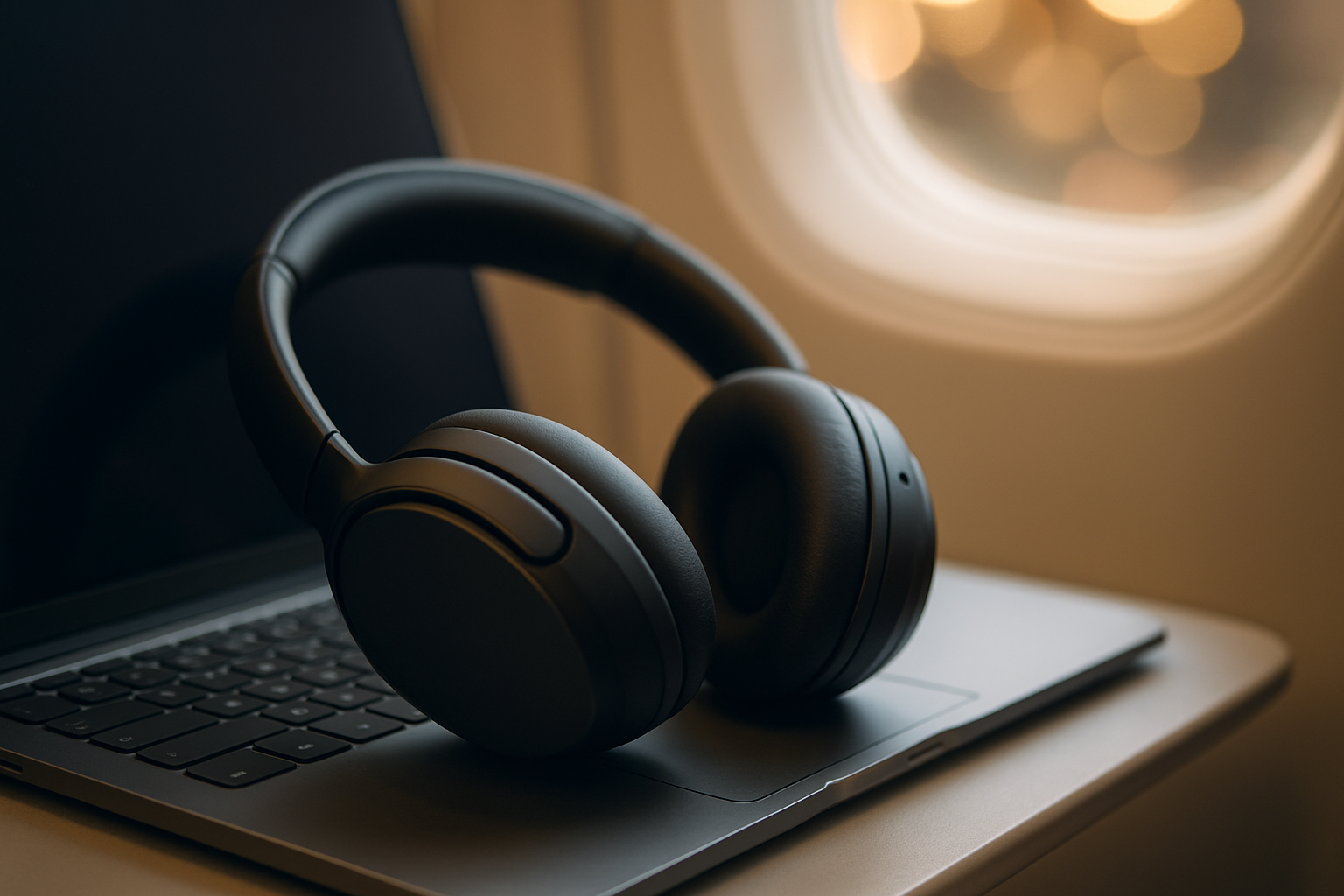This post may contains affiliate links. As an amazon associate I earn from qualifying purchases.
Noise-cancelling headphones have become a symbol of modern focus — the must-have gadget for travelers, remote workers, and anyone chasing a moment of quiet in a noisy world. But are they really as magical as the marketing claims?
Let’s uncover the myth of noise-cancelling headphones — and see what they can truly do for you.
💡 Myth #1: “Noise-cancelling headphones make everything completely silent.”
Reality check:
They don’t — and can’t.
Active Noise Cancelling (ANC) technology works best on low, constant sounds like airplane engines, traffic hum, or air conditioners. But human voices, clattering dishes, and sudden noises? Those are much harder to cancel.
👉 You’ll get peace, not silence.
🎚️ Myth #2: “ANC cancels all noise electronically.”
Reality check:
ANC isn’t magic — it’s smart soundwave math.
Microphones on the headphones listen to external sounds, then produce inverse sound waves that cancel them out. However, this only works within a specific frequency range.
And the physical seal of the earcups (passive isolation) is just as important as the electronics inside.
💸 Myth #3: “The more expensive, the better the noise cancelling.”
Reality check:
Not necessarily.
Premium models like the Sony WH-1000XM5 or Bose QC Ultra are incredible — but some mid-range headphones perform surprisingly close in ANC quality.
Higher price usually adds comfort, build quality, and better sound tuning, not just stronger cancellation.
🎵 Myth #4: “Noise cancelling improves sound quality.”
Reality check:
Actually, ANC can slightly alter the sound.
Some budget models introduce a faint hiss or reduce clarity. High-end ones use advanced processing to minimize this, but remember: ANC’s goal is silence, not studio-grade fidelity.
⚠️ Myth #5: “Noise cancelling is 100% safe and comfortable for everyone.”
Reality check:
Most users are fine — but some experience ear pressure, dizziness, or fatigue, especially in quiet rooms. That’s because ANC creates a mild “vacuum effect” as it counters low-frequency sound waves.
It’s harmless, but it can feel odd at first.
👂 Myth #6: “ANC works the same for everyone.”
Reality check:
Noise cancelling depends on fit, ear shape, and even glasses or hair.
If your headphones don’t seal tightly, sound leaks in — reducing ANC effectiveness. What feels perfectly silent for one person may feel only “slightly quieter” for another.
🧠 The Real Truth
Noise-cancelling headphones are a technological marvel — but they’re not a force field against noise.
They reduce unwanted sounds, not eliminate them.
They work best in constant environments, not chaotic ones.
And when used right, they can truly transform your focus, comfort, and travel experience.
This post may contains affiliate links. As an amazon associate I earn from qualifying purchases.






